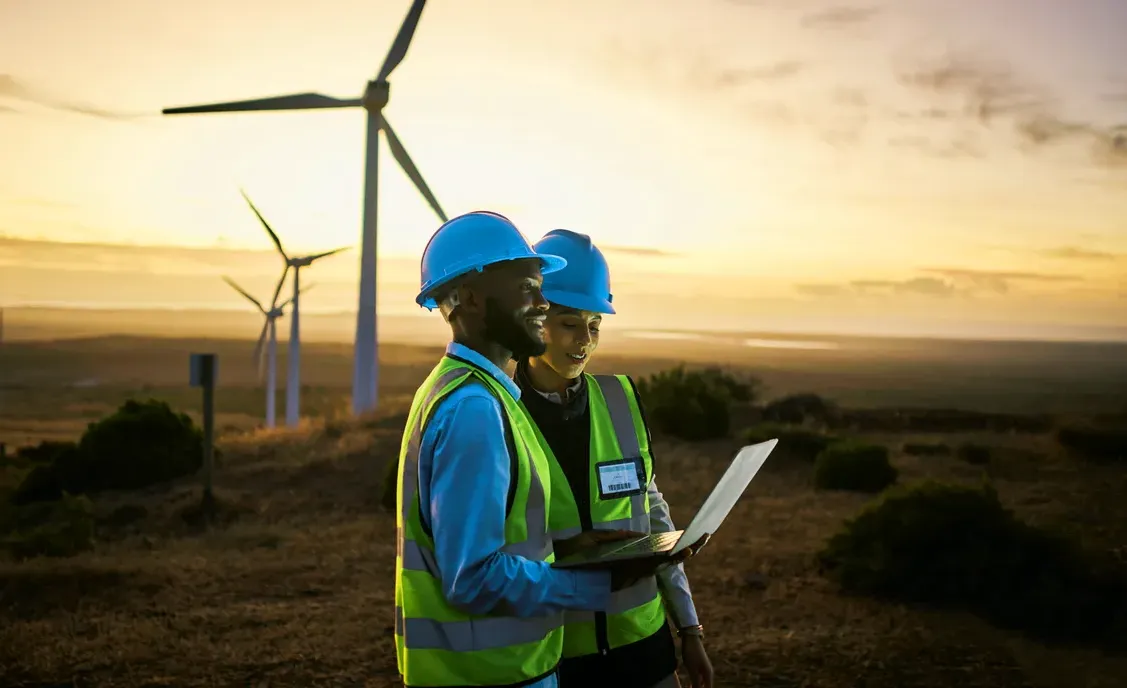
Permitting & Siting
The Challenge for New Transmission
Even once it is planned and approved, new transmission cannot be built without the right permit approvals at the state and federal level. Unfortunately, our current permitting process isn’t working, in part because it can be bogged down by excessive litigation. With the risk of litigation ever-present for some major reliability projects, new lines can take a decade or more to place in service.
Our energy future doesn’t have that kind of time to wait. We need to streamline the layers of permitting today and prevent unnecessary litigation to build the grid we need for tomorrow.
The 3 Layers of Transmission Permitting
Federal
Large, regional transmission projects often require federal permits focusing on wildlife and public protection, environmental safety and protected land usage.
State
States traditionally control the permitting and siting of transmission infrastructure within their borders; states also may have environmental laws requiring review and approval.
Local
Energy infrastructure projects may require land-use permits based on zoning established at the local or county level.
Why the Permitting Process is Broken
Permitting is a complex chain of events that grants a transmission project the approvals needed to operate as part of the grid. If permits are held up at any point, for any reason, the project stops.
Litigation against permitting decisions has delayed needed investment and pushed our national rate of high-voltage transmission construction to a decade low.
Other factors include:
Politicization
Transmission has become highly politicized in recent years, despite it being a core piece of infrastructure benefitting everyone. Transmission projects now regularly face opposition along environmental, property rights or even aesthetic concerns and opponents have grown more organized in their efforts. That’s making every step of the process a challenge.
Excessive Litigation
Transmission opponents hold up projects through multiple rounds of litigation and review, even when a project has clear economic and environmental benefits. These lawsuits add months or years of delays and raise costs for everyone relying on the grid.
The need for reform is urgent when it comes to transmission. The MISO Interconnection queue alone counts more than 1,300 projects totaling over 200 gigawatts of generation (as of Februrary 2024). Of those projects, 97% are for renewable energies and battery storage. We can’t unlock that generation without a robust transmission network.
Steps in the Right Direction
The Fiscal Responsibility Act of 2023 included important reforms to the National Environmental Policy Act (NEPA) permitting processes. These reforms include reasonable limits on the scope and duration of federal agency reviews. Many of these reforms have been longstanding priorities of the electric industry surrounding siting and permitting policy recommendations. Additionally, the Department of Energy (DOE) released final guidelines for a new coordinated agency review process for transmission projects, which aims to reduce NEPA review timelines for transmission to two years.
We expect the U.S. Congress will discuss additional permitting reforms this year and we remain hopeful Congress will find common ground to move ahead with additional reforms. Stakeholders at all levels need to engage with their legislators to ensure future federal legislation promotes a reasonable and efficient permitting process for transmission.
